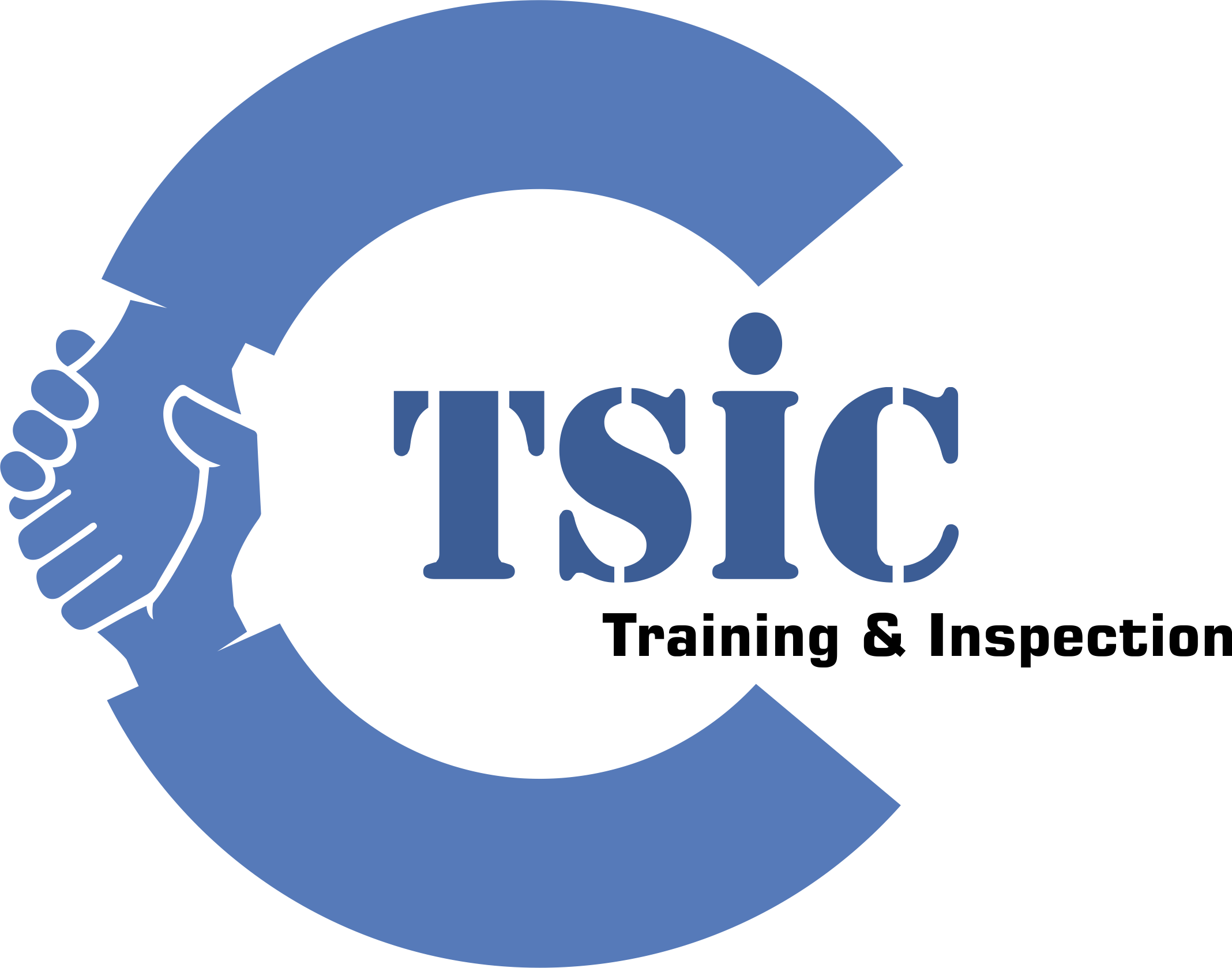DNA filter is an important step up high-throughput genomics workflows like PCR, qPCR, and DNA sequencing. The purified DNA https://mpsciences.com/2021/04/15/gene-synthesis-and-transcription-processes/ then can be used in strenuous downstream applications such as cloning, transfection, and sequencing reactions.
The majority of DNA purification methods use a silica steering column to combine DNA and contaminating components, such as meats and RNA. Then, the DNA is washed with wash buffers containing alcohols. The alcohols help associate’s the DNA with the silica matrix. Finally, the DNA is usually eluted using a low-ionic-strength formula such as nuclease-free water or perhaps TE stream. During the elution process, it is necessary to determine whether you want a high-yield sample or possibly a high-concentrate sample.
Other DNA filter methods consist of phenol extraction (DNA is normally chemically hydrolysed and binds to a phenol-chloroform mixture), rotate column-based methods, neutron exchange, salting out, and cesium chloride thickness gradients. After the DNA has long been purified, its concentration can be determined by spectrophotometry.
DNA is normally soluble in aqueous solutions of low-ionic-strength, such as TE buffer or nuclease-free drinking water. It is insoluble in higher-strength solutions, such as ethanol or perhaps glycerol. During the elution step, it is important to find the right type of elution stream based on the downstream program. For example , it can be good practice to elute your DNA in a alternative with EDTA that will not affect subsequent enzymatic steps, such as PCR and qPCR. If your DNA is definitely not eluting in a short time of time, try heating the elution buffer to 55degC.
